In my previous post, we explored how AI could enhance the accuracy of referee decisions, offering a level of precision and consistency that human judgment sometimes struggles to achieve. Today, I want to expand this conversation by examining a topic that mirrors these challenges: the interplay between bias in artificial intelligence (AI) systems and human judgment, especially in high-stakes scenarios like officiating a football game..
Identifying the Error: The First Step Toward Accountability
Whether it’s a missed call on the field or a biased decision by an AI system, the first and most crucial step is recognizing the mistake. But what happens when we look deeper—when we ask whether the decision would have been the same if the player involved had a different reputation or status?
Consider a hard hit during a football game:
-
Would the referee’s decision change if the hit were on the star quarterback instead of a lesser-known player?
-
Would prior incidents, like the player making the hit having a history of personal fouls, influence the referee’s call?
These nuances often reveal implicit biases, where external factors—rather than the actual incident—affect judgment.
Similarly, in AI systems, errors like hallucinations or biased outcomes often stem from embedded biases in training data or algorithms. Both scenarios highlight a shared challenge: an imperfect decision-making process that reflects existing biases, whether human or machine.
Why Do These Mistakes Happen?
Human Judgment Biases
Referees, like all humans, make decisions influenced by various factors:
-
Contextual Influence – Star players may receive more favorable calls due to their importance in the game.
-
Reputational Bias – A player with a history of aggressive fouls might be judged more harshly, even if their current play is clean.
-
Pressure & Environment – High-stakes games, loud crowds, or televised scrutiny can amplify the pressure, leading to inconsistent rulings.
AI System Biases
AI-based decision-making is influenced by different but equally complex factors:
-
Training Data Bias – If an AI is trained on biased data (e.g., historical inequities or over-represented outcomes), it will replicate those biases.
-
Algorithmic Complexity – AI lacks human intuition, making it difficult to distinguish between relevant context and irrelevant data points.
-
Programming Choices – The way AI prioritizes data can unintentionally skew results, leading to biased outputs.
Mitigating Risk: Learning From Errors
Improving Human Judgment
✅ Objective Review Processes – Tools like Video-Assisted Referee (VAR) provide neutral re-evaluation of critical calls.
✅ Bias Awareness Training – Educating referees on implicit bias helps ensure fairer decisions based solely on the play.
Enhancing AI Systems
✅ Data Curation – Carefully selecting and diversifying training data reduces the risk of biased AI outputs.
✅ Explainability & Transparency – AI should provide clear reasoning for its decisions, allowing for accountability and corrections.
✅ Ongoing Monitoring – Regular audits help detect and address biases before they become systemic.
Lessons Learned: Collaborative Accountability
Ultimately, both human and AI decision-making systems must acknowledge that bias—whether implicit or systemic—exists and influences outcomes. Asking the tough questions, such as:
🔹 Would this call have been the same if it involved a star player?
🔹 Does this AI decision unfairly reflect societal bias?
These reflections are the first step toward meaningful improvement.
By bridging the gap between human and machine decision-making, we can create systems that are fairer, more transparent, and more accountable. In sports, this means players trust officiating that focuses solely on the game. In AI, this means developing ethical and unbiased tools that reflect the values we strive to uphold.
Let’s continue the conversation and commit to recognizing, addressing, and mitigating bias—whether human or machine-driven.
from FutureProof Legal https://ift.tt/XtZ7obG
via IFTTT
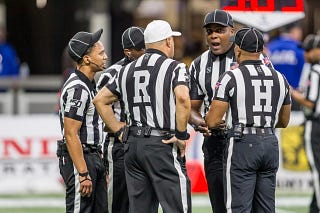
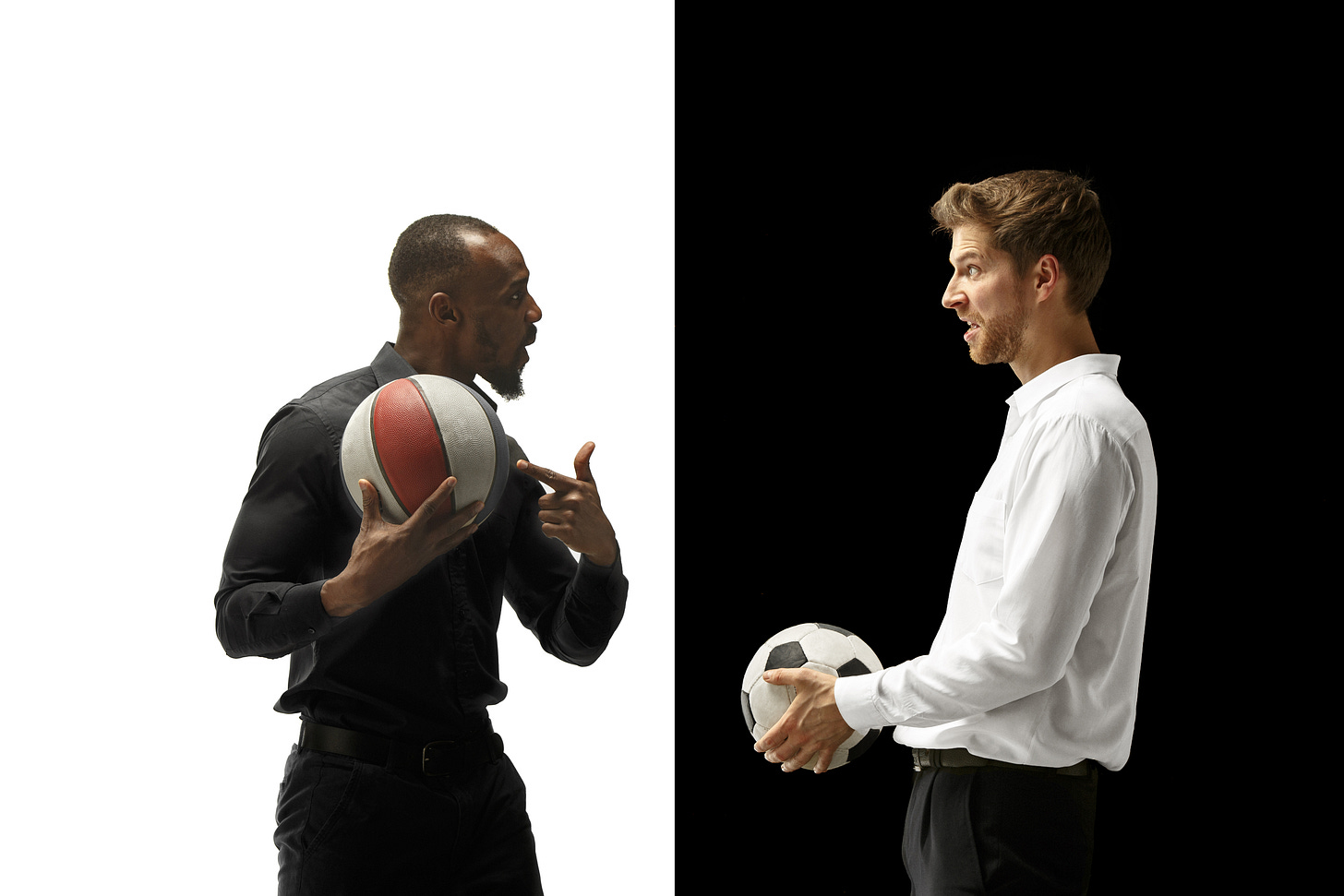
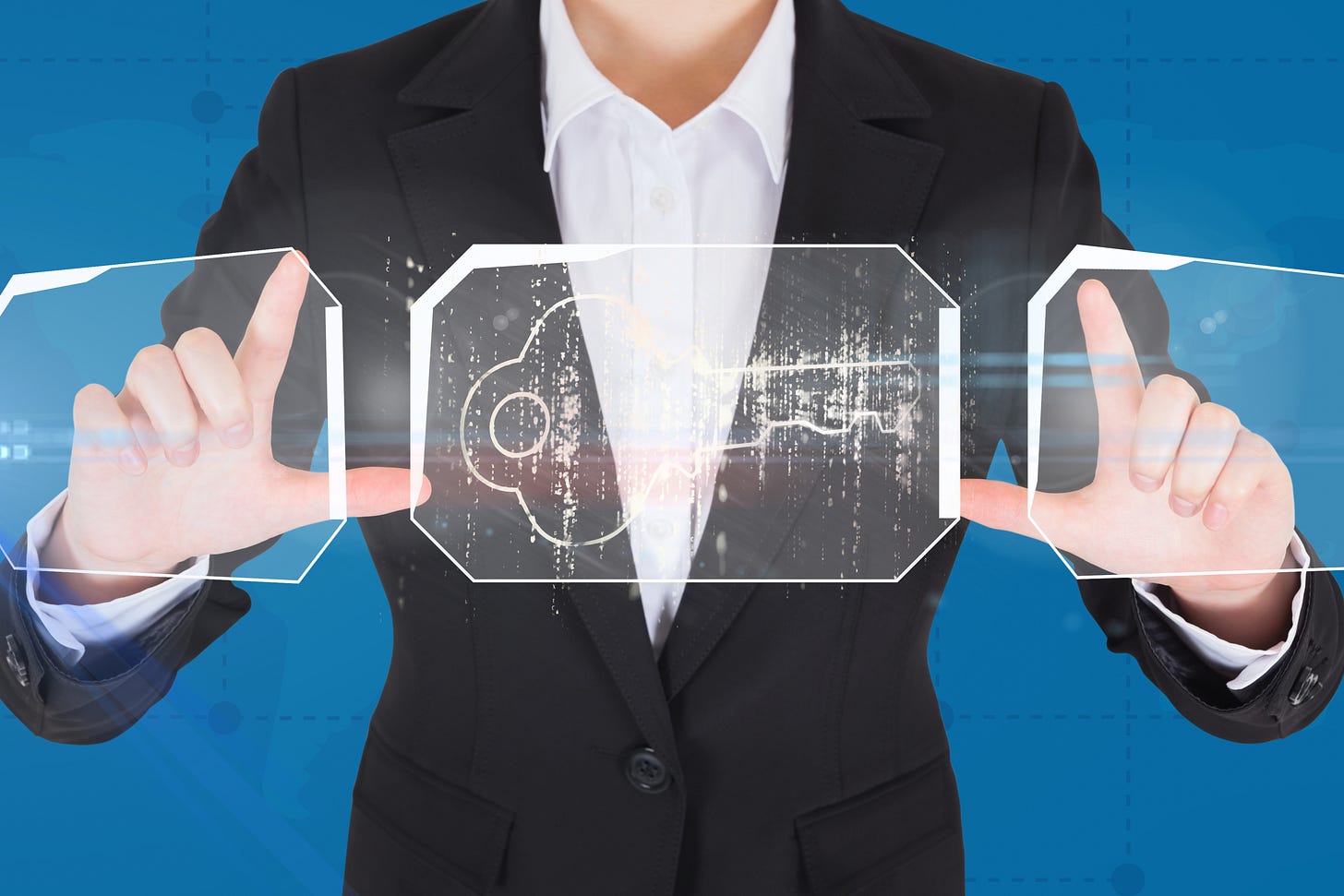
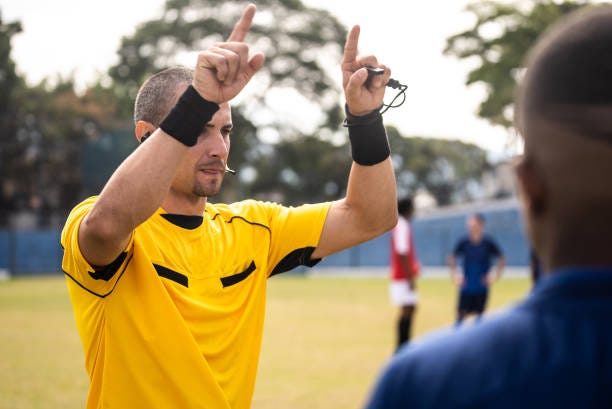

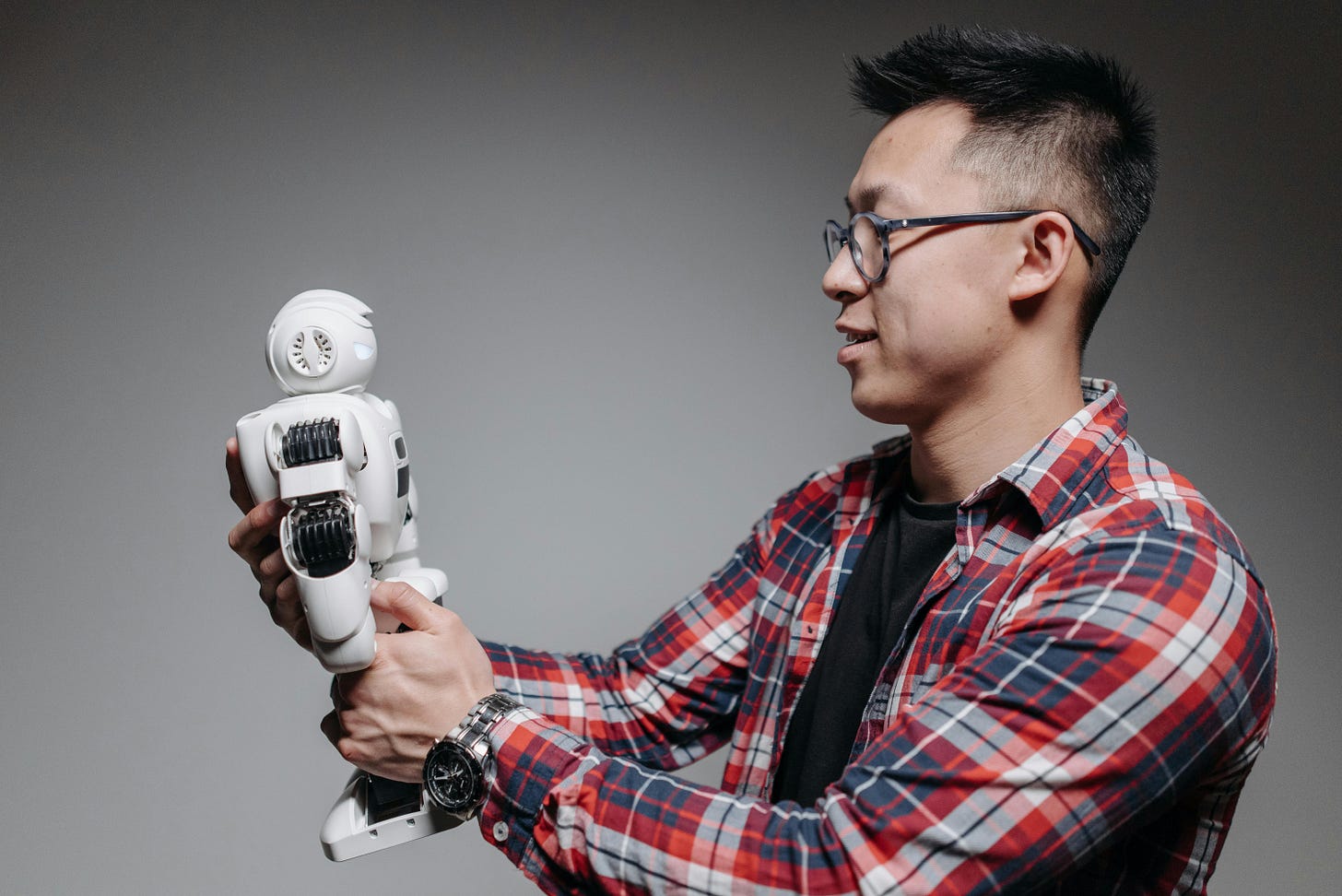
Comments
Post a Comment